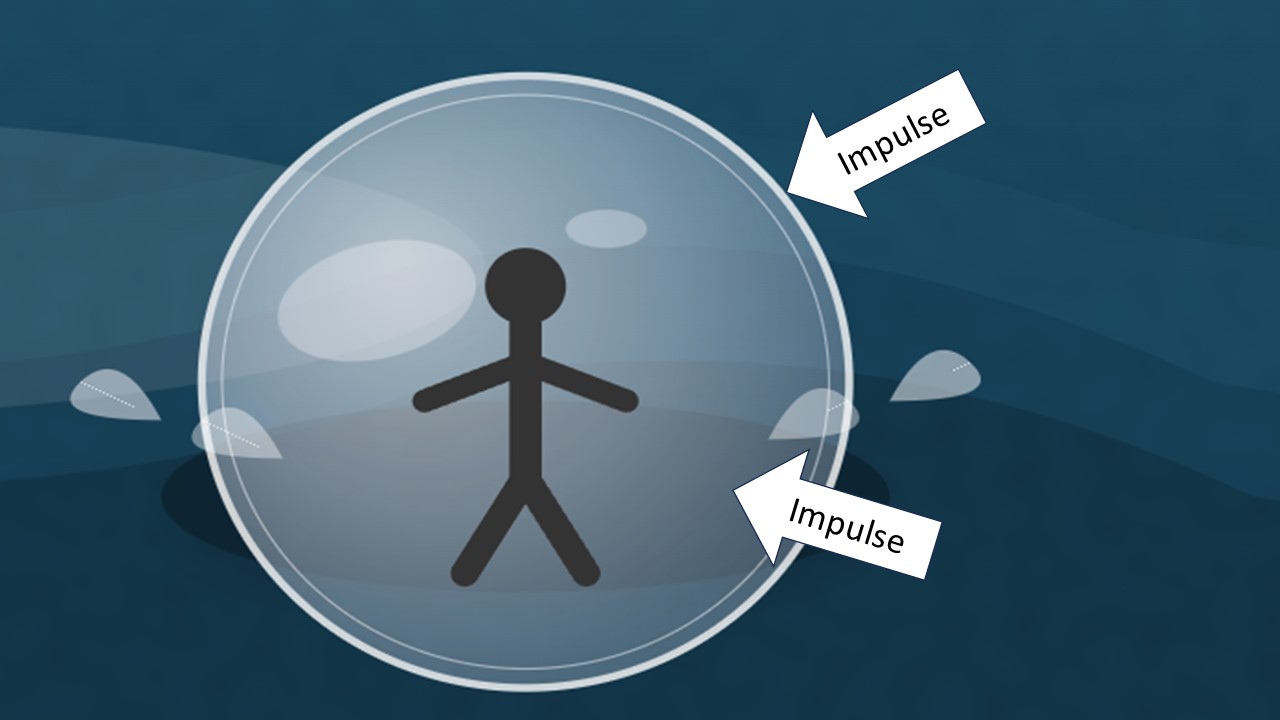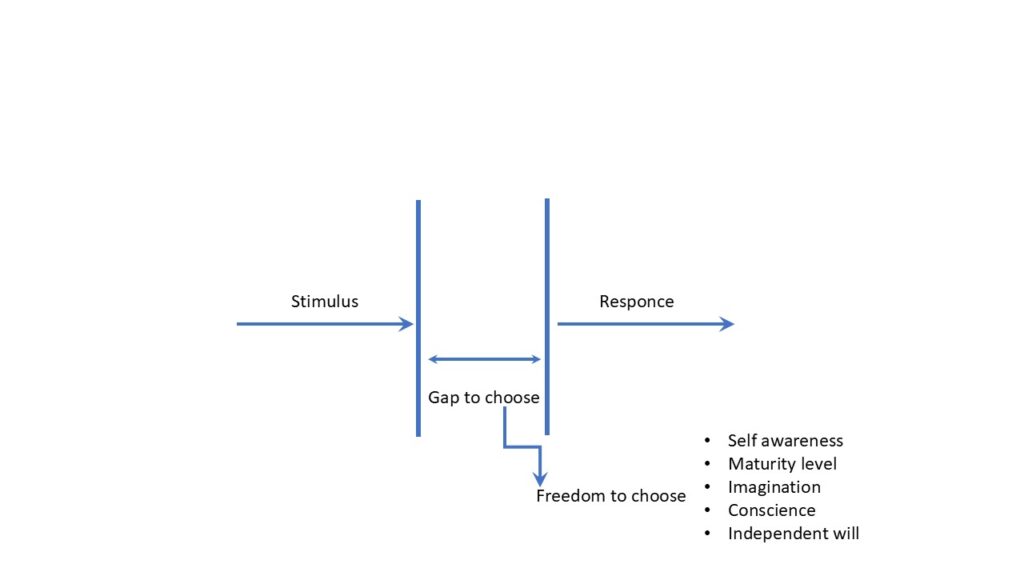In coaching sessions, we often encounter situations where the coachee describes feeling overrun by external dynamics. These situations happen, for instance, in meetings where they suddenly receive work that wouldn’t normally be their responsibility, but someone suggested they would be „the perfect person“ for the task. Or when colleagues enter their office and start talking without acknowledging what the coachee is currently doing. Sometimes people use the coachee merely as an audience. We all recognize these scenarios—they involve the crossing of personal boundaries and integrity.
Of course, it’s also possible that we cross others‘ boundaries as well.
One of the interventions in the coaching process is first to observe when boundaries are crossed or under threat. Typically, we take a period of one or two weeks where the coachee simply observes situations that create discomfort during interactions with others. The coachee keeps a brief journal of these events.
By sharpening our awareness, we develop a clearer understanding of where our boundaries lie. Often, we have only a vague notion of our boundaries rather than a clear picture. The clearer the picture, the better we can recognize when boundaries are being crossed.
Some coachees find it helpful to imagine themselves in a „giant inflatable water ball“ in which they can stand and walk on water, where the skin of the balloon represents their imaginary boundary.

Once we have this clarity, we can begin working on appropriate defence mechanisms.
An effective defence starts with noticing boundary violations in real-time—not minutes or hours later.
I find it essential that we develop appropriate responses or reactions. We need to pay attention to the „gap to choose“—that moment between stimulus and response where our freedom lies. The number of options we can generate says something about our maturity and growth level.

Interestingly, the clearer our picture of our boundaries becomes, the more our attitude transforms so others can recognize our boundaries more easily. Simultaneously, when we can see our own boundaries more clearly, we can also better recognize the boundaries of others.
There is no one-size-fits-all response here. Different situations call for different approaches depending on the context, the relationship, and our personal values.
Coaching isn’t about finding one perfect answer. It’s about widening your view, creating alternatives, and making choices based on awareness—not fear.
It’s our job as coaches to make a difference that makes the essential difference.